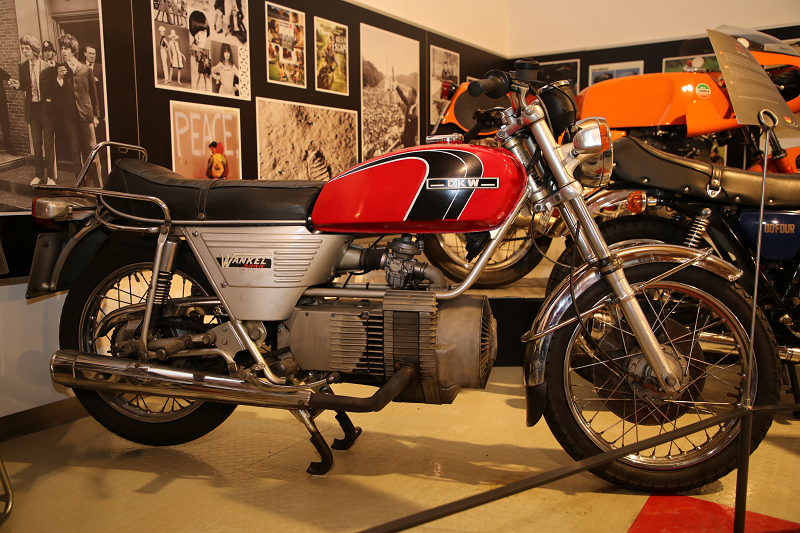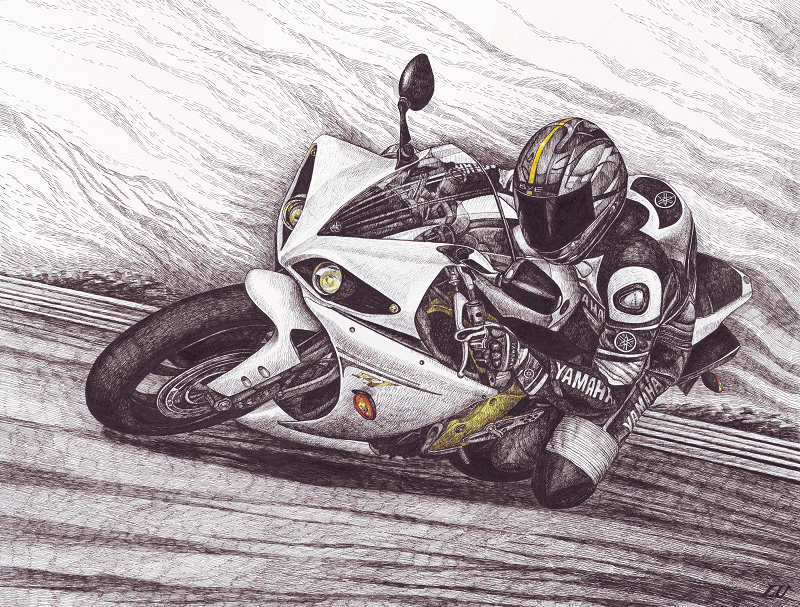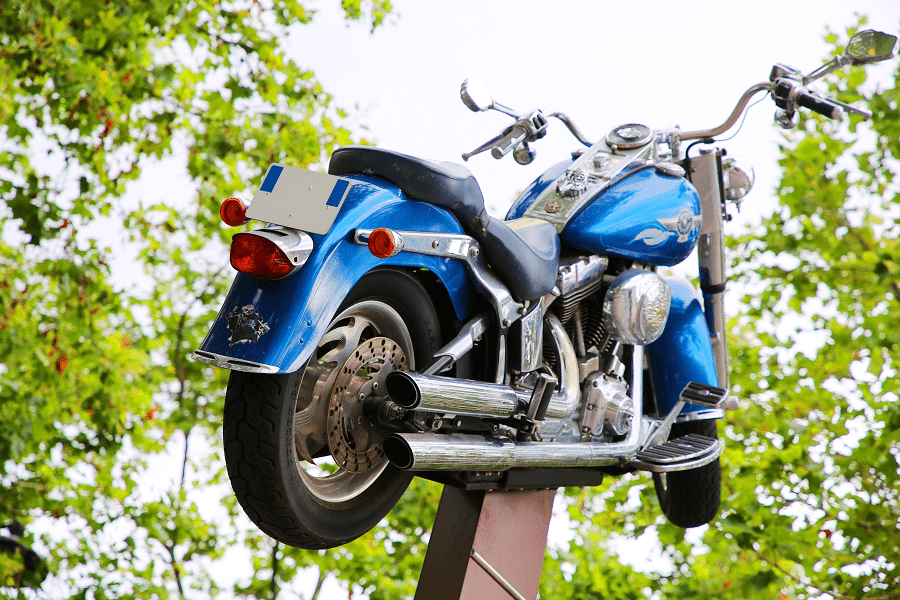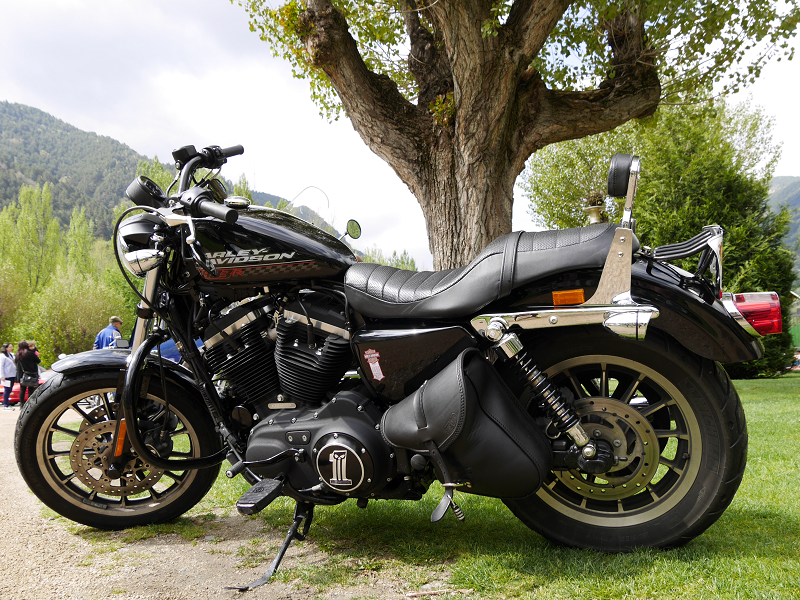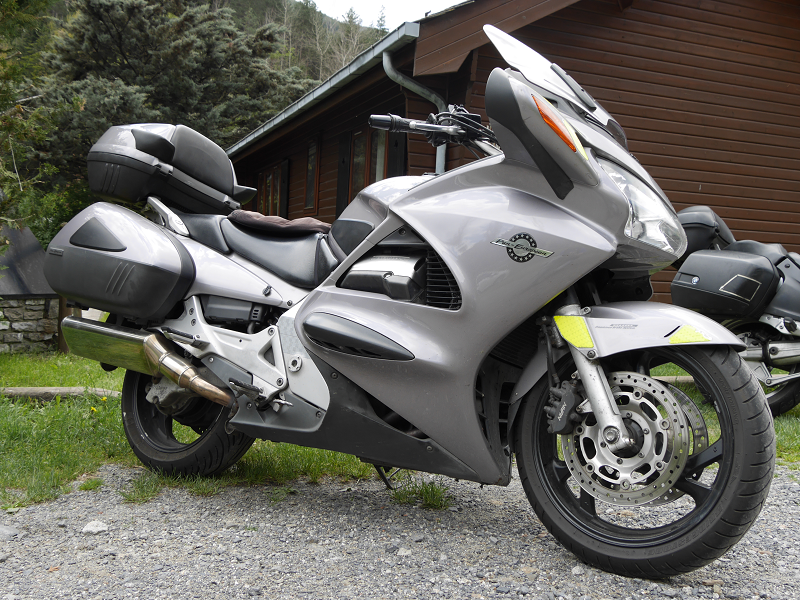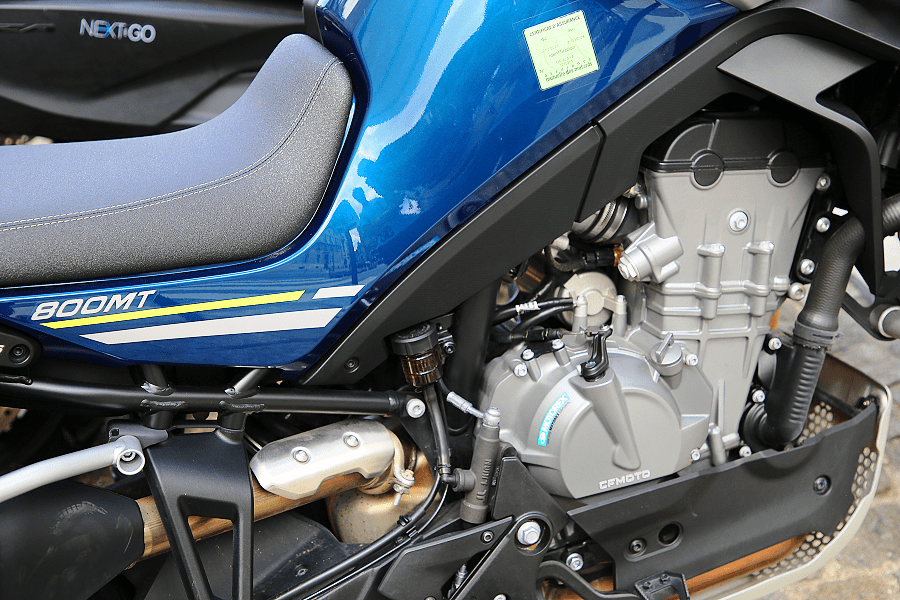DKW Wankel 400 cc (1975).
DKW was a German car- and motorcycle-marque. DKW was one of the four companies that formed Auto Union in 1932 and thus became an ancestor of the modern-day Audi company.
In 1916, Danish engineer Jørgen Skafte Rasmussen founded a factory in Zschopau, Saxony, Germany, to produce steam fittings. That year he attempted to produce a steam-driven car, called the DKW. Although unsuccessful, he made a two-stroke toy engine in 1919, called Des Knaben Wunsch – “the boy’s wish”. He put a slightly modified version of this engine into a motorcycle and called it Das Kleine Wunder – “the little wonder” the initials from this becoming the DKW brand: by the late 1920s, DKW had become the world’s largest motorcycle manufacturer.
In September 1924, DKW bought Slaby-Beringer, saving them from Germany’s hyperinflation economic crisis. Rudolf Slaby became chief-engineer at DKW.
In 1932, DKW merged with Audi, Horch and Wanderer to form Auto Union. After World War II, DKW moved to West Germany. The original factory became MZ.
Auto Union came under Daimler-Benz ownership in 1957 and was purchased by the Volkswagen Group in 1964. The last German-built DKW car was the F102, which ceased production in 1966. Its successor, the four-stroke F103, was marketed under the Audi brand, another Auto Union marque.
DKW-badged cars continued to be built under license in Brazil and Argentina until 1967 and 1969 respectively. The DKW trademark is currently owned by Auto Union GmbH, a wholly-owned subsidiary of Audi AG which also owns the rights to other historical trademarks and intellectual property of the Auto Union combine.
The Wankel engine is a type of internal combustion engine using an eccentric rotary design to convert pressure into rotating motion. The concept was invented and proven by German engineer Felix Wankel, and the commercially feasible engine designed by German engineer Hanns-Dieter Paschke. The Wankel engine’s rotor, which creates the turning motion, is similar in shape to a Reuleaux triangle, with the sides having less curvature. The rotor spins inside a figure-eight-like epitrochoidal housing, around a fixed toothed gearing. The midpoint of the rotor moves in a circle around the output shaft, spinning the shaft via a cam.
Moto Bassella museum, Catalonia, Pyrenees, Spain



